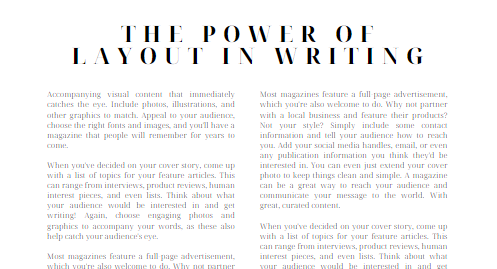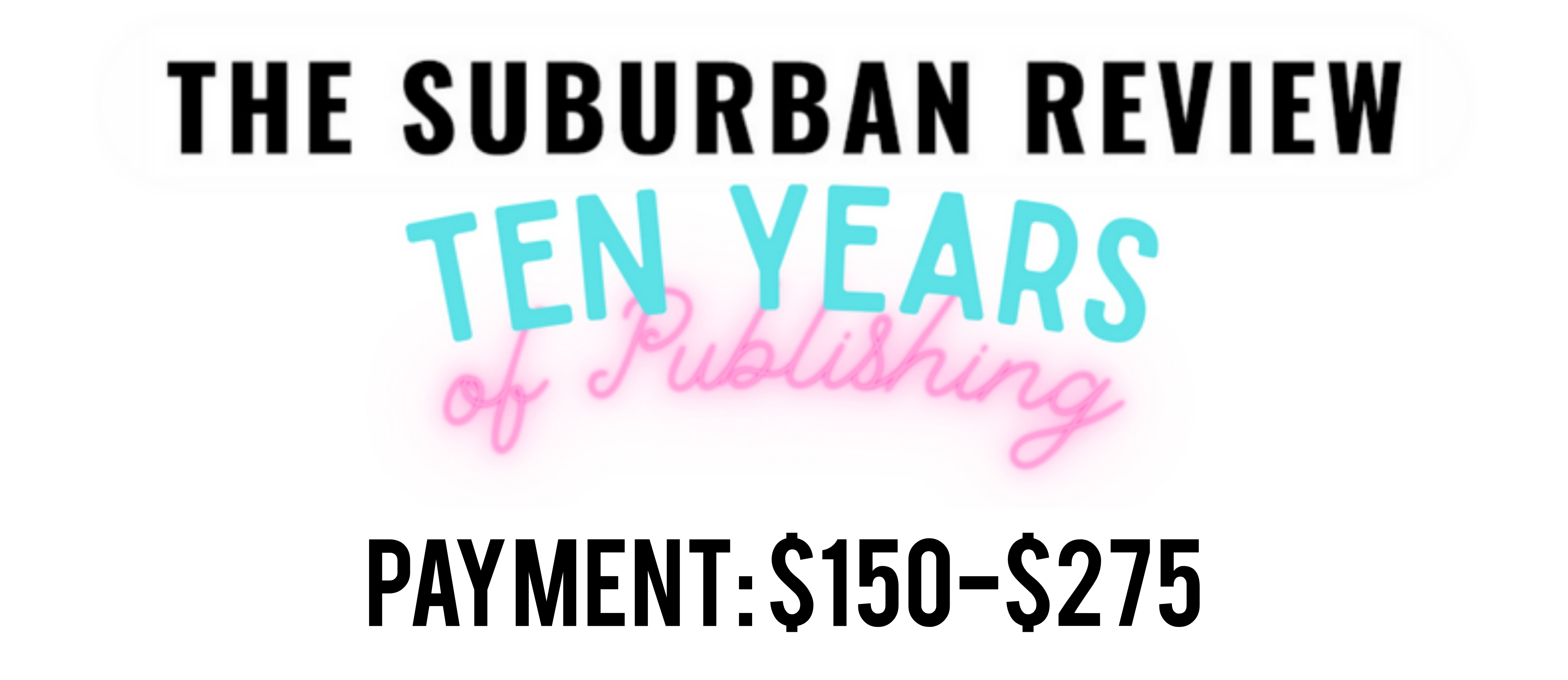Writing Tips: Are You Underestimating The Power Of Layout In Writing?
Ever wondered how to make your work appeal on an aesthetic level? Perhaps you need to pay attention to the layout of the texts on a word and sentence level. Layout in writing will either make or mar your work.
Structure and layout in writing also extend to the entire body of work. Does the layout keep the reader engrossed in the work? Or does it make them overwhelmed?
Read: 5 Ways To Make Money From Writing Academic Essays.
These are some questions we’ll address in our article. But before we proceed with tips and tricks for choosing the right structure and layout for your work, let’s define this design concept.
What is Layout In Writing?
This term describes the formatting of the manuscript at the sentence level. The layout is the way the words, sentences, and images are arranged on the page.
Previously, the preoccupation of poets, layout and structure now considered important in:
- technical writing
- short story writing
- novel writing
- playwriting
- Blog writing
- screenwriting.
Playing with the layout of a story can be helpful in improving the readability of the story. Particularly, if the writer is experimenting with ideas, techniques and voice.
Imagine you’re working on a piece that requires switching between past and present tense. Making those random switches can be confusing for the reader. Right?
What if you tinker with the structure and layout of the text on the page? What if you moved the sections that are in past tense to the right side of the page, and the present tense sections to the left?
Another instance where this strategy might be helpful is in translations. Let’s say your protagonist is reciting a poem in a different language and you wanted to provide a translation for your reader. You can split the page in half. On one side of the page, you can present the texts in one language. And the translations of the texts can appear on the other side of the page.
Not only does creative formatting make the writing come alive on the page, it creates an immersive experience for the reader. Enumerated below are other benefits of layout and structure in creative writing.
Improves the Clarity of the Entire Piece.
A great layout can really help with the clarity of your creative writing piece. If readers are struggling to get to grips with the action in the story, changing the layout can make it much clearer.
Something as simple as a paragraph break shows the readers that the focus has changed and separates two ideas so they can read individually rather than as one.
Breaks during dialogue also make it crystal clear exactly who is speaking, without the need for excessive dialogue attribution, which a lot of readers find clumsy and annoying. He said, she said can get a bit grating if it’s used over and over.
Shift In Tense
When I was rearranging the aforementioned story, the biggest problem that I had was making a clear distinction between present and past tense sections.
I decided to throw convention out of the window. I used a line break each time there was a change, and I aligned the present tense sections left, and the past tense sections right.
While that doesn’t conform to traditional writing rules, it created a simple, clear distinction between the two voices, making it far easier to understand for the reader.
I’m not suggesting that you use that method every time, but using layout to draw an obvious distinction between two voices is an easy way to improve readability.
If you’re struggling with your layout, consider taking a Microsoft Word training course. It will give you more tools that you can use to play around with layout and experiment more. This will open up a lot of possibilities for you when it comes to adjusting the layout of your work.
Experimental Writing
If you want to create something daring and exciting in your writing, the layout is a good way to do it. I recently read a novel called ‘Marabou Stork Nightmares’ by Irvine Welsh.
It follows the story of a man’s dream while he is in a coma, but he can hear snippets of conversation from the outside.
The dialogue he hears from outside runs parallel to the bulk of the text, forcing itself in from the side of the page. This emulates that conflict in the character’s mind as his attention is stretched between the two worlds. The layout becomes as important a part of the story as the writing itself.
These are just a few examples of how the layout of a story can take it to another level, but the possibilities are endless. Don’t be afraid to be daring. If it doesn’t work, just try something else.





Pingback: Letter of Recommendation For Students: 10 Sample Recommendation Letters For University Admissions (Tips + Examples + Format) - Creative Writing News